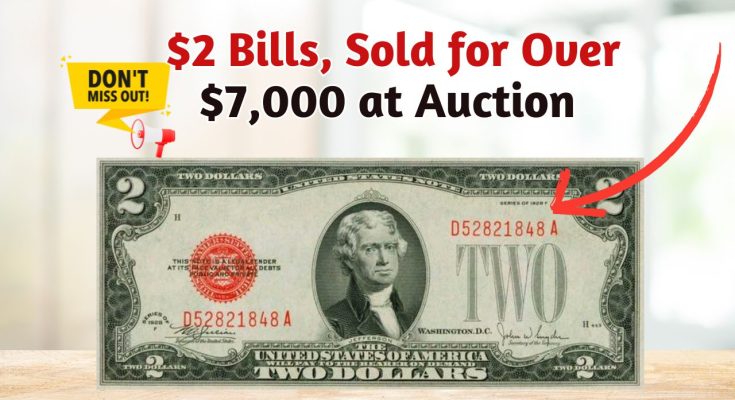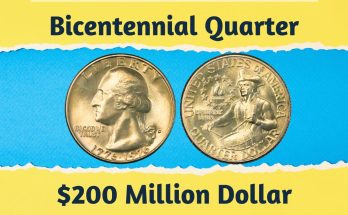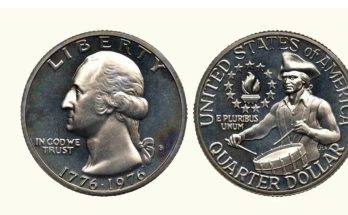In an incredible twist, a retiree discovered a rare $2 bill inside a retirement card, which later sold for over $7,000 at auction. This find has sparked renewed interest in collecting $2 bills, a currency that is often overlooked by many.
Understanding the $2 Bill
The $2 bill has an interesting history that goes back to 1862. It features Thomas Jefferson’s portrait on the front and a scene from the “Declaration of Independence” painting on the back. This note is more than just money; it represents a piece of American history.
The $2 Bill
- Portrait: Thomas Jefferson
- Reverse Design: The Declaration of Independence
- First Issued: 1862
- Current Series: 1976 and onwards
Rare $2 Bill Details
The $2 bill found in the retirement card was a 1928 red seal note. This series is known for being rare and highly collectible. What made this particular bill even more valuable was its condition—it was kept in perfect condition for many years.
Value to This Bill
- Series Year: The 1928 red seal notes are some of the earliest small-size $2 bills, making them rare.
- Condition: This bill was in uncirculated condition, which made it even more valuable.
- Serial Number: Bills with unique or low serial numbers can be worth more.
- Historical Significance: The 1928 series is important as one of the first small-size $2 notes, making it more desirable to collectors.
Auction Retirement Card to $7,000
Once the retiree realized the bill’s worth, they consulted with a currency expert who confirmed its rarity. The bill was auctioned, attracting attention from collectors across the country.
Auction Details
| Detail | Information |
|---|---|
| Starting Bid | $500 |
| Final Sale Price | $7,200 |
| Number of Bidders | 12 |
| Auction Duration | 7 days |
The bidding war highlighted the strong demand for rare currency and how far collectors will go to secure a rare find.
Value of Different $2 Bill Series
If you want to know how much your $2 bill might be worth, here’s a breakdown of the value for different series:
| Series Year | Seal Color | Condition | Estimated Value | Notes |
|---|---|---|---|---|
| 1862 | Red | Fine | $1,000 – $3,000 | First issuance |
| 1890 | Brown | Very Fine | $2,500 – $4,500 | Treasury Note |
| 1928 | Red | Uncirculated | $5,000 – $7,500 | Rare small-size note |
| 1953 | Red | Circulated | $10 – $15 | Common among collectors |
| 1976 | Green | Uncirculated | $2 – $3 | Bicentennial issue |
| 2003 | Green | Uncirculated | $2 – $4 | Modern circulation |
Note: Values may vary depending on serial numbers and market demand.
How to Identify a Valuable $2 Bill
Not all $2 bills are valuable, but there are certain features collectors look for that can make a bill worth more:
- Seal Color: Red and brown seals are often older and more valuable.
- Serial Numbers: Low, repeating, or unique serial numbers increase value.
- Star Notes: These notes have a star symbol and are replacement bills, making them rare.
- Printing Errors: Bills with misprints or mistakes are highly sought after.
- Condition: Bills in mint or uncirculated condition are more valuable.
The discovery of this rare $2 bill in a retirement card shows that valuable treasures can be hidden in everyday places. If you have old bills in your wallet or in a drawer, it might be worth taking a closer look—you never know what you might find!
FAQs
How can I tell if my $2 bill is valuable?
Check its series year, seal color, serial number, and condition.
Where can I sell a rare $2 bill?
You can sell it at auction houses, online marketplaces, or to collectors.
Are modern $2 bills worth collecting?
Modern $2 bills are usually not worth much unless they have unique serial numbers or printing errors.
What makes a $2 bill rare?
The series year, condition, and features like low serial numbers or printing errors make a bill rare.
Why do $2 bills have red seals?
Red seals are found on older bills, like the 1928 series, and are typically more valuable.



